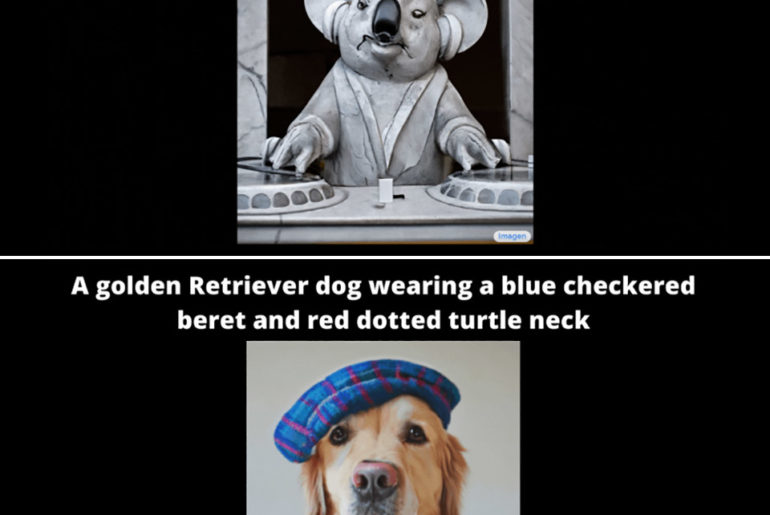
Google Brain ‘Imagen’ aims to take on OpenAI’s Dall-e 2 and it definitely gives the latter a run for its money. This AI-powered text-to-image generator is actually capable of generating photorealistic images using the power of large transformer language models in understanding text. Put simply, it hinges on the strength of diffusion models in high-fidelity image generation.
Unlike Dall-e-2, Imagen uses generic large language models that are pretrained on text-only corpora, making it far more effective at encoding text for image synthesis. In other words, increasing the size of the language model in Imagen amplifies both sample fidelity and image-text alignment a lot more than by simply increasing the size of the image diffusion model.
- Powerful Productivity: AMD Ryzen 3 3350U delivers desktop-class performance and amazing battery life in a slim notebook. With Precision Boost, get up...
- Maximized Visuals: See even more on the stunning 15.6" Full HD display with 82.58% screen-to-body, 16:9 aspect ratio and narrow bezels
- Backlit Keyboard and Fingerprint Reader: Biometric fingerprint reader and Windows Hello sign-in options help keep your Acer PC secure


Imagen relies on text encoders trained on uncurated web-scale data, and thus inherits the social biases and limitations of large language models. As such, there is a risk that Imagen has encoded harmful stereotypes and representations, which guides our decision to not release Imagen for public use without further safeguards in place,” said Google.




